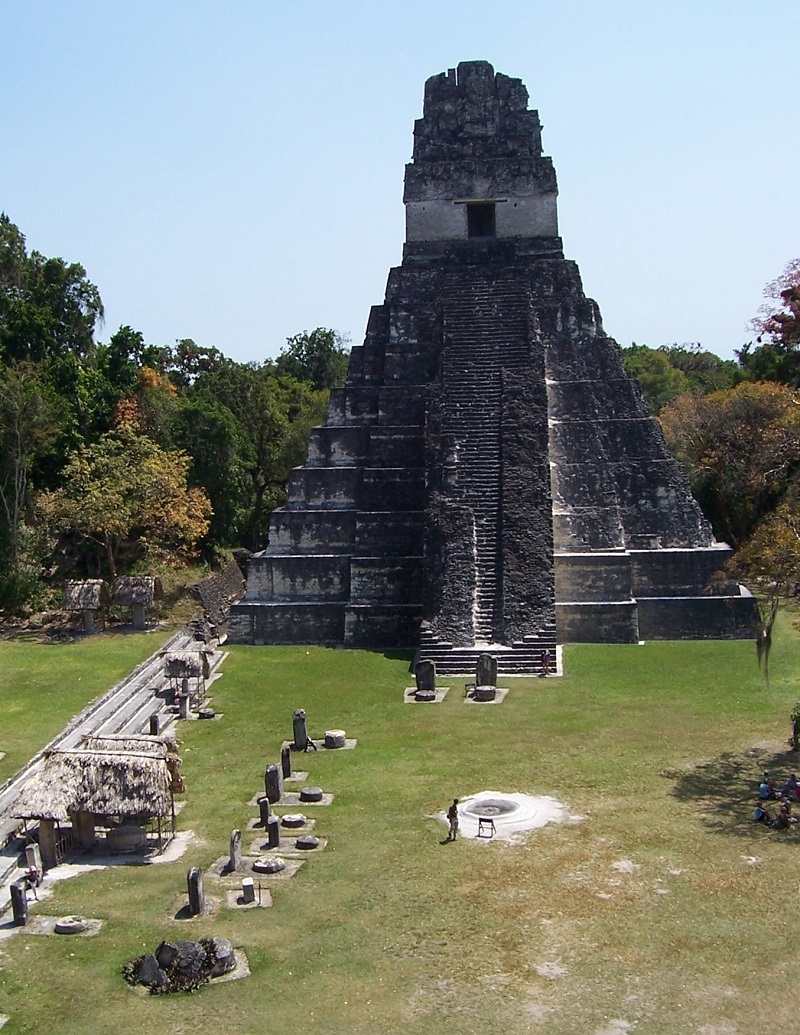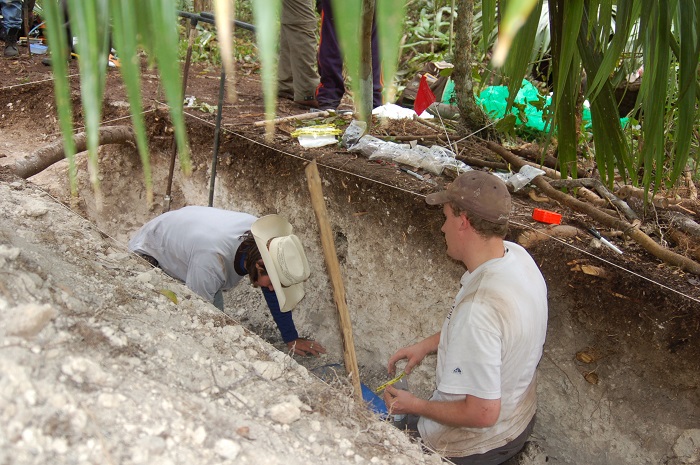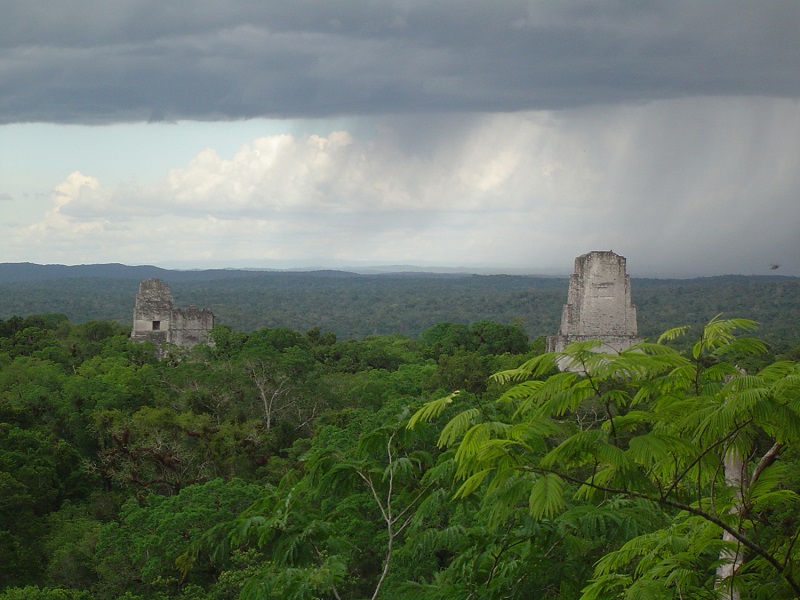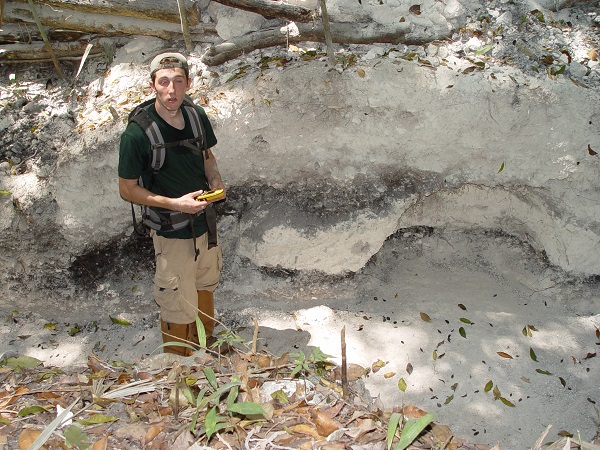Images: Maya Maize Secrets Revealed in Tikal Soil
Tikal

This image shows an ancient Maya pyramid at Tikal, Guatemala. Scientists who analyzed soil around the city discovered that the Maya grew corn primarily in the low-lying wetlands, not along the hillsides as previously believed.
Excavations

BYU soil scientists work at the ancient Maya location near Tikal, Guatemala.
Forest Canopy

BYU soil scientist Richard Terry is shown in the forest canopy near Tikal. Scientists have disagreed about whether the Maya cleared forests for agriculture or grew crops beneath the canopy. Terry and his team found evidence that the ancient people practiced both types of farming.
Tikal

Tikal is one of the largest archaeological sites in Central America. The city-state thrived between roughly 600 B.C. and A.D. 900., with more than two dozen major pyramids and tens of thousands of inhabitants.
Tikal Wall

A BYU undergrad stands in the excavation site of a Tikal wall. A BYU-led expedition to examine the soil around the ancient city found that its ancient inhabitants used a variety of food production systems.
Sign up for the Live Science daily newsletter now
Get the world’s most fascinating discoveries delivered straight to your inbox.










